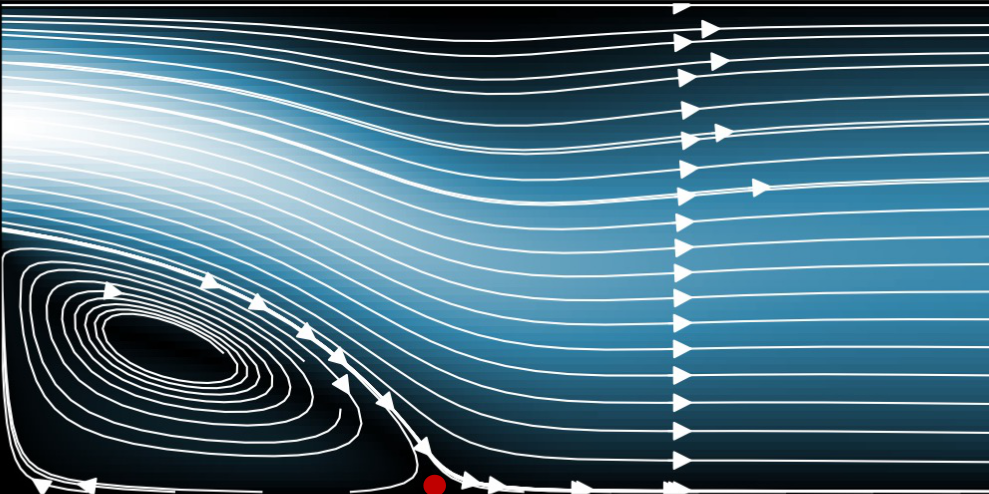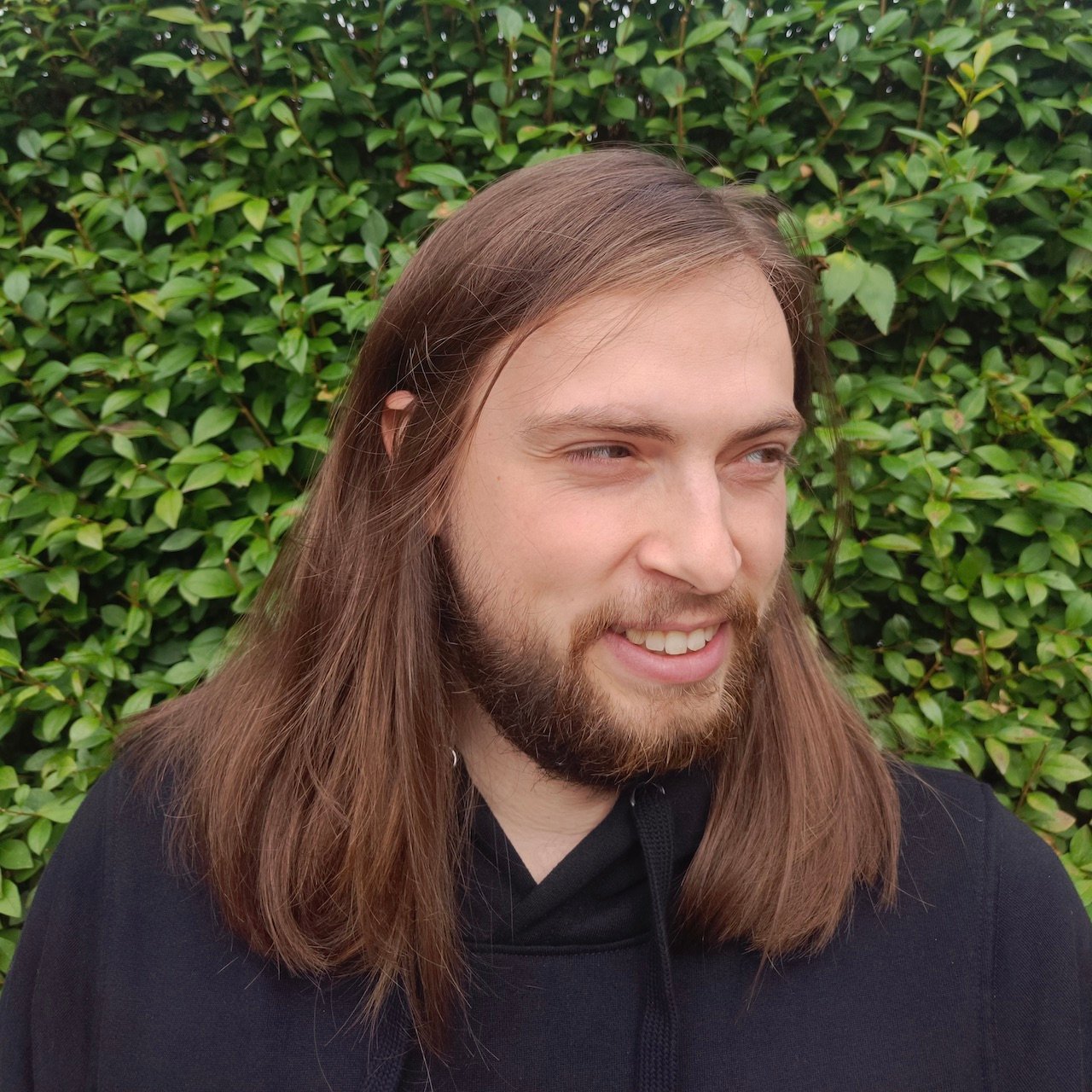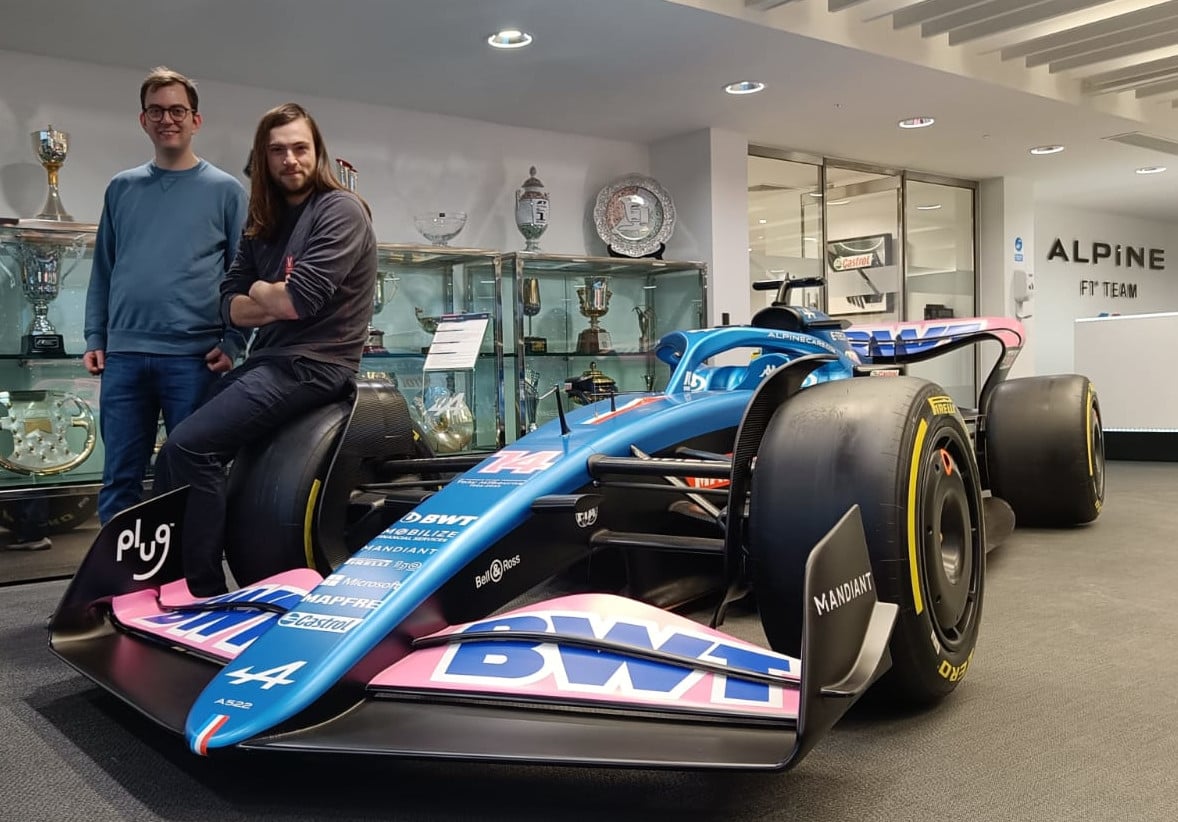🗞️ Highlights Our solver now supports inflow and outflow boundary conditions, allowing us to...

With a focus on heat exchangers designed for additive manufacture
We are building a new physics simulation solver written from the ground up integrating novel machine learning research and modern numerical programming approaches. Deployed through a web application and API gateway.
Featuring:
To reduce reliance on expensive physical testing, engineers lean heavily on physics simulations to optimise their designs. However, many design problems across aerospace, manufacturing and integrated circuits are extremely computationally expensive to simulate, taking from hours to days to run; critically slowing product development.
By developing an order of magnitude more efficient physics solver, we will dramatically increase the productivity of engineers. This will allow engineers to efficiently search for optimal designs and therefore develop better products.
Our team combines deep expertise across applied math, machine learning and software engineering.

Previously: Fetch.ai, Sensity, ARM
Laurence is a machine learning engineer of 6 years skilled at rapid prototyping and has driven two startups to seed as a first and second employee.
Whilst at Sensity, he led the development of one of the world’s first deepfake detection products from scratch, defining and implementing features in consultation with customers from Reuters and The Guardian. He leads on software design, machine learning and commercialisation.

Previously: University of Oxford, Diamond
Michael holds a PhD in Applied Mathematics from the University of Oxford, focused on fusing numerical and analytical methods for modelling droplet impacts.
His expertise lies at the interface between mathematics, physics and scientific computing.
He leads the development of our core accelerated physics solver.

Currently: University of Warwick
Oscar joins us part-time while finishing his PhD at the University of Warwick on thin film fluid control. He is contributing to developing our core solver with his deep range of programming and mathematical skills.
